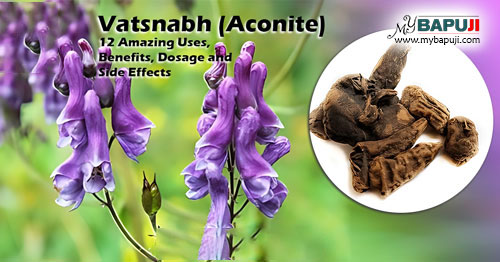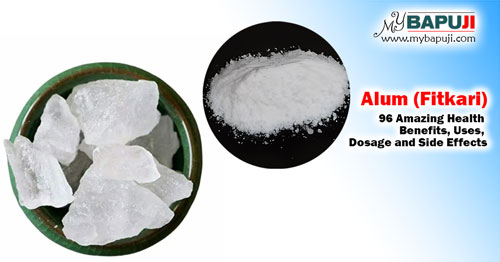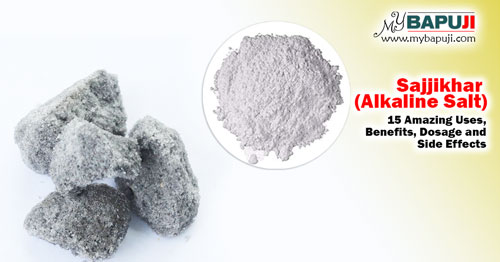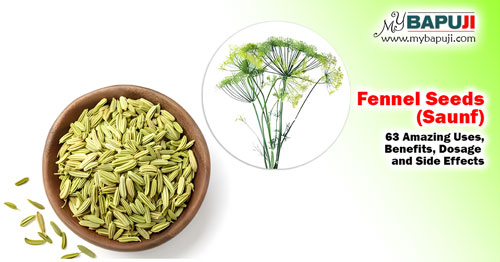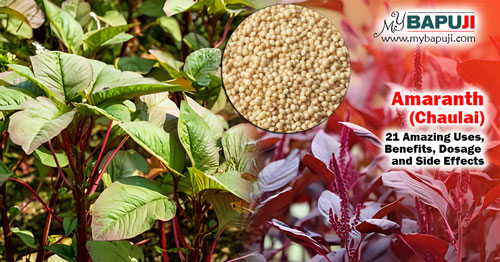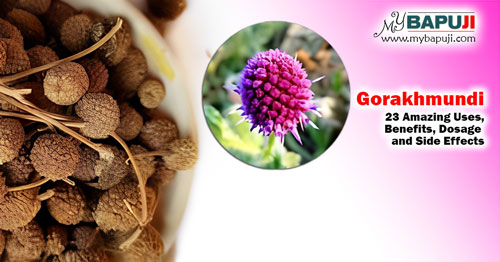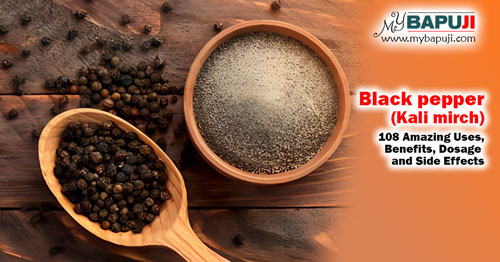Last Updated on April 10, 2024 by admin
Introduction:
Vatsnabh (Aconite) plants are found at the height of ten thousand to fifteen thousand feet from Sikkim to north-west Himalaya in India. There are 28 kinds of Vatsnabh in India. It is poisonous and without poison. Its flowers are very charming and attractive. Poisonous Vatsnabh’s panchang is also poisonous. A person becomes unconsciousness only by smelling its poisonous flowers. Its round roots are more poisonous which are used in medicines.
There are two types of Vatsnabh in markets- black and white. Actually its original colour is dun and yellowish. So, it is called white Bachhnag. White Bachhnag is converted into black Bachhnag by painting it with black paint. Insects don’t attack on it by doing so. Its shape appears as calf’s naval and no other tree grows near Vatsnabh. It is the main quality of Vatsnabh.
Vatsnabh (Aconite) Names in different languages:
- English – Aconite
- Hindi – Meetha vish, Meetha teliya, Bachhnag
- Sanskrit – Amrit, Vatsnabh
- Gujrati – Bachhnag
- Marathi – Vachnag
- Bengali – Kath vish, Meetha vish
- Telugu – Vasnubhi
- Arabic – Vish
- Parsian – Vichnag
Vatsnabh plant:
Vatsanabh is a type of poisonous plant known as Indian monkshood or Indian aconite. It is a perennial flowering plant that grows up to 3 feet tall and belongs to the buttercup family Ranunculaceae. The plant has a tuberous root system and alternately arranged cleft leaves that are larger towards the base and smaller higher up. The tubers are dark brown on the outside and yellow inside.
The flowers are very attractive, coming in shades of blue, yellow, and pink, with numerous stamens. They bloom from July to November. The fruits are tube-like capsules that split open at the top to release the seeds. This plant is native to the Himalayan region of India and found primarily in West Bengal and Darjeeling. More than 100 species of monkshood are native to the northern hemisphere. Vatsanabh thrives in the high alpine areas of the Himalayas.
Chemical Composition:
The poisonous elements Vatsnabh and psudoaconitin are found in it.
Note: If a person swallows impure Vatsnabh, medical treatment should be started soon. Give him medicine of high potency and his hands and foot should be kept warm. Massage patient body. Give emetic medicines also to the patient.
Shodhana of Vatsanabha:
Vatsanabh is considered the most toxic herb in Ayurveda. In its raw form, it can be fatal if consumed in high doses. However, Ayurveda has a purification process (shodhana) that removes the poisonous alkaloids, making vatsanabh safer for internal use. The main toxic alkaloids present in raw vatsanabh root are aconitine and pseudaconitine.
The shodhana process involves boiling the roots in cow’s urine or milk, which helps neutralize and remove these alkaloids. Once purified through this process, vatsanabh becomes a powerful rasayana and anti-tridosha herb in Ayurvedic medicine. It balances all three doshas, but is particularly useful against excess vata and kapha. The purified root is said to have rejuvenating properties. However, vatsanabh should only be used under the guidance of an experienced Ayurvedic practitioner, even after shodhana.
Vatsnabh Medicinal Properties:
Purified Vatsnabh is anti poisonous and vatta, pitta and kapha (trisdoshnask). Its use enhances sperm count.
Even in its purified form, vatsanabh should only be taken in extremely small doses. Exceeding 30mg per day of the purified herb can still potentially cause dangerous side effects. However, when used judiciously under professional guidance, purified vatsanabh exhibits various therapeutic properties:
- Antipyretic – Reduces fevers
- Diaphoretic – Promotes sweating
- Anodyne – Relieves pain
- Anti-inflammatory – Reduces inflammation
- Mucolytic – Thins and clears mucus
- Diuretic – Increases urine output
So while toxic in its raw form, the ancient shodhana process removes poisonous alkaloids from vatsanabh root to render it relatively safe for internal use. The purified herb demonstrates antipyretic, pain-relieving, anti-inflammatory, and other medicinal qualities when consumed in tiny doses under professional supervision. However, exceeding the recommended 30mg per day can still be hazardous even for purified vatsanabh.
Vatsnabh Dosage:
Given the extreme toxicity of raw vatsanabh, the herb must always be consumed only in its purified form and with medical supervision. The appropriate dose can vary widely based on the patient’s age, health status, dosha imbalances, and medical condition. There is no universal dosage for all. An experienced Ayurvedic practitioner will thoroughly evaluate each individual case to determine the optimal amount and duration of purified vatsanabh. They will prescribe a strict dosage regimen tailored to the patient’s unique constitution and needs.
Exceeding 30mg per day can be hazardous even with purified vatsanabh. Given the herb’s potency and narrow therapeutic index, it is advised to always consult a knowledgeable Ayurvedic doctor to administer purified vatsanabh in a controlled, personalized protocol for maximum safety and efficacy. Self-medication with this plant is dangerous and not recommended.
Vatsnabh (Aconite) Uses and Benefits:
1. Cough and asthma: keep 1\4 gram Vatsnabh on the betel leaf and apply hot linseed oil on it. These leaves should be taken twice a day. Its use provides relief in cough and asthma.
2. Tonsils: Grinded Vatsnabh is very useful for tonsils and other throat diseases.
3. Fever:
- Taking sulfur, borax, cinnamon and other spicy and fragrant things, mix Vatsnabh equal to half rice in it. It use ends relapsing fever.
- Vatsnabh is also useful in pneumonia but it should be taken in little quantity.
- Grind well equal quantity of purified borax, asafetida, Vatsnabh and croton oblongifolious and Indian privet juice. Prepare 65-65 mg tablets of this preparation. Take 1-1 tablet twice a day. Its use provides relief in wounds, swelling and fever.
- Prepare 65 ml tablets by taking equal camphor, quinine and purified Vatsnabh. Take 1-1 tablet twice a day. Fever is cured by taking these tablets.
4. Diabetes: Mix 10 grams Vatsnabh with 70 grams walnut and give 1\4 gram to the patient for three days regularly. Its use provides relief in dysentery produced due to fear, diabetes, leprosy and paralysis.
5. Anuria and dysuria: Take purified Vatsnabh equal to half rice. Its use provides relief in this disease.
6. Diabetes mellitus: A person who has been suffering from this disease should take Vatsnabh equal to half rice. Its little quantity provides relief in sciatica, gout and tetanus too.
7. Pain in all organs:
- Vatsnabh oil ends pain of all body organs. Its paste is also useful for the treatment of gout and joint’s swelling.
- Grind 25 grams barley with Vatsnabh and fry this mixture in linseed oil. Massage with this oil cures all the types of pain and gout.
8. Nerve weakness: Taking 1\4 gram Vatsnabh normalizes nerve palpitation. Besides it, diabetes mellitus, bed wetting and other diseases caused by nerve problem are cured.
9. Reproductive Health Uses:
- A person lives long and becomes healthy and enthusiastic by taking 1\4 gram Vatsnabh mixing with borax. His heart works normally. Its use enhances sexual power and all five senses become powerful. A person remains far from fever, indigestion, gout, boil and pimples and other diseases if he takes it constantly.
- Grind black myrolealans and white lead wort each 30 grams, 15 grams pepper and 9 grams white Vatsnabh. Make a preparation by mixing cow ghee. Mix honey in this preparation and give 2.5 to 3 grams to the patient. Its use is useful for the treatment of white leprosy, asthma and other diseases. Its use enhances strength of the body. Mention that before its use clean your stomach properly if you are a patient of constipation.
10. Swelling: Vatsnabh is also useful for the treatment of fever with swelling and new fever with phlegm but it should be taken when temperature rises. Vatsnabh is an effective medicine for children swelling.
11. Scorpion poison: Grind Vatsnabh and apply this paste on the scorpion biting place. Take 1\4 gram Vatsnabh also. Its use reduces scorpion poison.
12. Leprosy: Leprosy is cured totally by regular use of Vatsnabh for three months.
Vatsnabh Side Effects:
While purified vatsanabh can have therapeutic benefits when used properly, exceeding the recommended dosage can result in toxic side effects. If more than 30mg per day of even the purified herb is consumed, it may lead to:
- Vertigo – A sense of dizziness and spinning
- Headaches – Due to the toxicity affecting the brain
- Xerostomia – Excessive dryness in the mouth
- Confusion – Disorientation and impaired thinking
So it is critical to emphasize that vatsanabh should only be administered in minute doses under professional supervision. The line between a therapeutic dosage and a toxic overdose is very narrow, even with purified preparations. Exceeding 30mg daily can quickly cause the herb to revert back to its intrinsically hazardous nature. Proper guidance is essential to remain on the safe side of this very potent plant.
Disclaimer: This article is for informational purposes only and should not be considered medical advice. Always consult with a qualified healthcare professional before starting any new herbal treatment.
